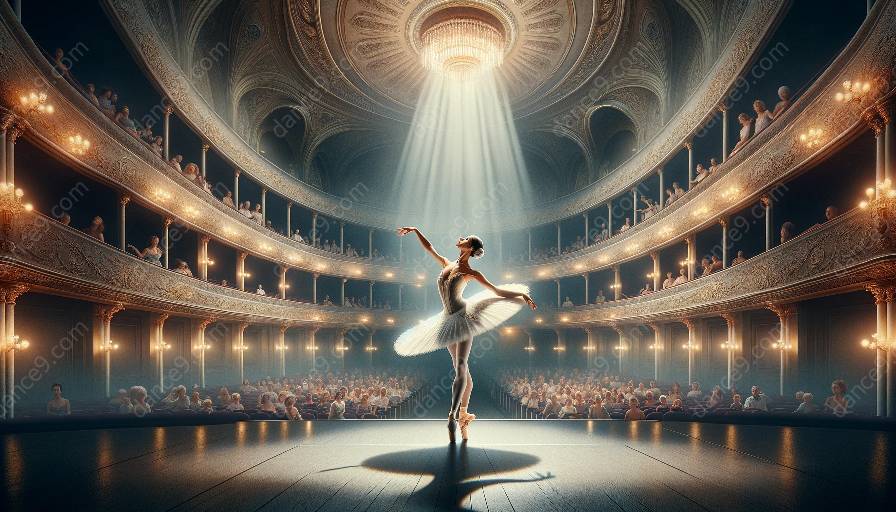The History and Evolution of Ballet
Ballet, a traditional and highly structured dance form, has significantly influenced the development of contemporary dance. Its history and theoretical underpinnings provide valuable insights into the evolution of modern dance forms.
Technical and Stylistic Influence
The technical and stylistic elements of ballet, such as turnout, pointed feet, and fluid arm movements, have become fundamental components of contemporary dance vocabulary. Many contemporary choreographers and dancers incorporate balletic principles into their work, creating a unique fusion of classical and modern movement.
Choreographic Innovations
Ballet has sparked numerous choreographic innovations that have shaped the contemporary dance landscape. Concepts like narrative storytelling, character development, and thematic exploration, which are intrinsic to classical ballet, have been reimagined and reinterpreted in contemporary dance works.
Cross-Pollination with Other Dance Forms
Ballet's interaction with other dance forms, such as jazz, modern, and ethnic dance, has contributed to the rich tapestry of contemporary dance. This cross-pollination has led to the integration of diverse movement styles and cultural influences, further expanding the possibilities within the contemporary dance genre.
Influence on Training and Education
Ballet's rigorous training methodologies and emphasis on discipline have permeated the pedagogical approaches to contemporary dance education. The foundational techniques and principles borrowed from ballet continue to play a vital role in shaping the training of aspiring contemporary dancers.
Reinterpretation of Classical Works
The reinterpretation of classical ballets in a contemporary context has provided new avenues for artistic expression and reinterpretation. Choreographers often deconstruct and repurpose traditional ballet narratives, infusing them with modern sensibilities and thematic relevance.
Significance in Dance Criticism and Analysis
Ballet's historical significance and theoretical frameworks serve as crucial points of reference for dance criticism and analysis within the contemporary dance sphere. Understanding ballet's impact on social, cultural, and artistic contexts provides valuable insights into the broader implications of contemporary dance works.
Conclusion
Ballet's enduring influence on contemporary dance forms is evident in its technical, stylistic, choreographic, educational, and critical dimensions. By embracing ballet's rich history and theoretical foundations, contemporary dancers and choreographers continue to draw inspiration from this classical art form, shaping the evolution of dance in the modern era.





























